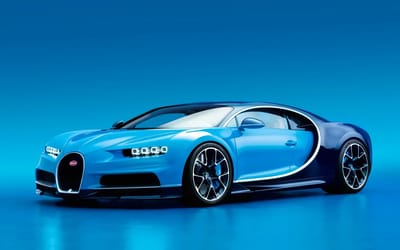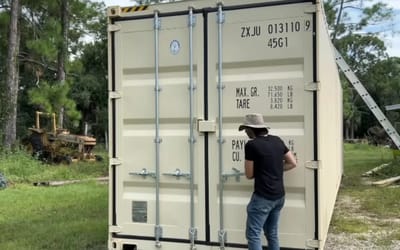Aerospace firm shows off hybrid electric aircraft that could be the future of aviation
- A new hybrid electric aircraft is coming soon
- Sweden-based firm Heart Aerospace is developing it
- It recently unveiled a demonstrator aircraft
Published on Sep 18, 2024 at 3:51 PM (UTC+4)
by Siddharth Dudeja
Last updated on Sep 18, 2024 at 3:51 PM (UTC+4)
Edited by
Tom Wood
Aviation is one of the fastest-accelerating industries of the modern era, and a new hybrid electric aircraft is in the works that could significantly accelerate things.
Swedish firm Heart Aerospace is one of the first companies to try developing such new technologies, and it already has a runner.
Heart is currently working on a hybrid aircraft, and last week it announced a demonstrator plane.
The demonstrator plane – dubbed Heart X1 – will serve as a base for the eventual commercial plane.
DISCOVER SBX CARS: The global premium car auction platform powered by Supercar Blondie
New hybrid electric aircraft in the works
Both hybrid-electric aircraft designs were mostly developed in-house, so you know how serious this project is.
The demonstrator aircraft is called Heart Experimental 1 — or Heart X1.
Heart plans to build a commercial airline on the X1 platform named the ES-30, a hybrid-electric aircraft.
It has that name because it will have a total seating capacity of around 30 people.
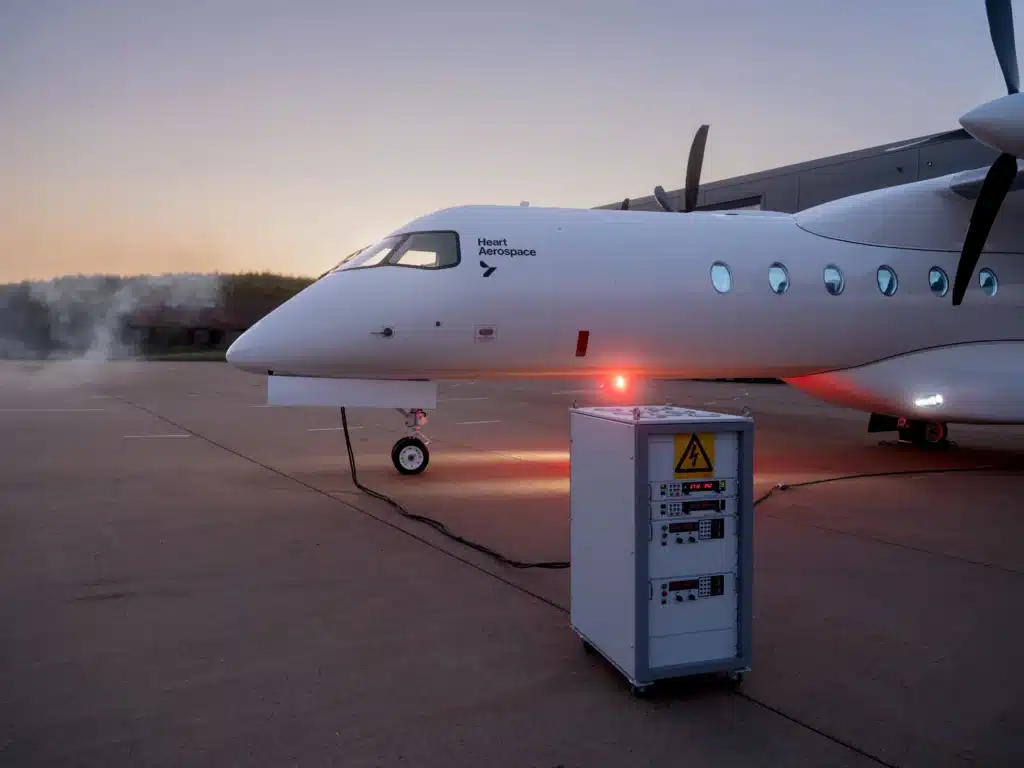
Both planes are identical in design and have a wingspan of 32 meters.
They also feature four propellers on the front, with two on each wing.
Moreover, the Heart X1 will hit the skies in the second quarter of 2025, so there’s a while before we see any photos of it flying.
Another similar aircraft known as eSTOL, however, took flight only a few months ago.
What makes them special?
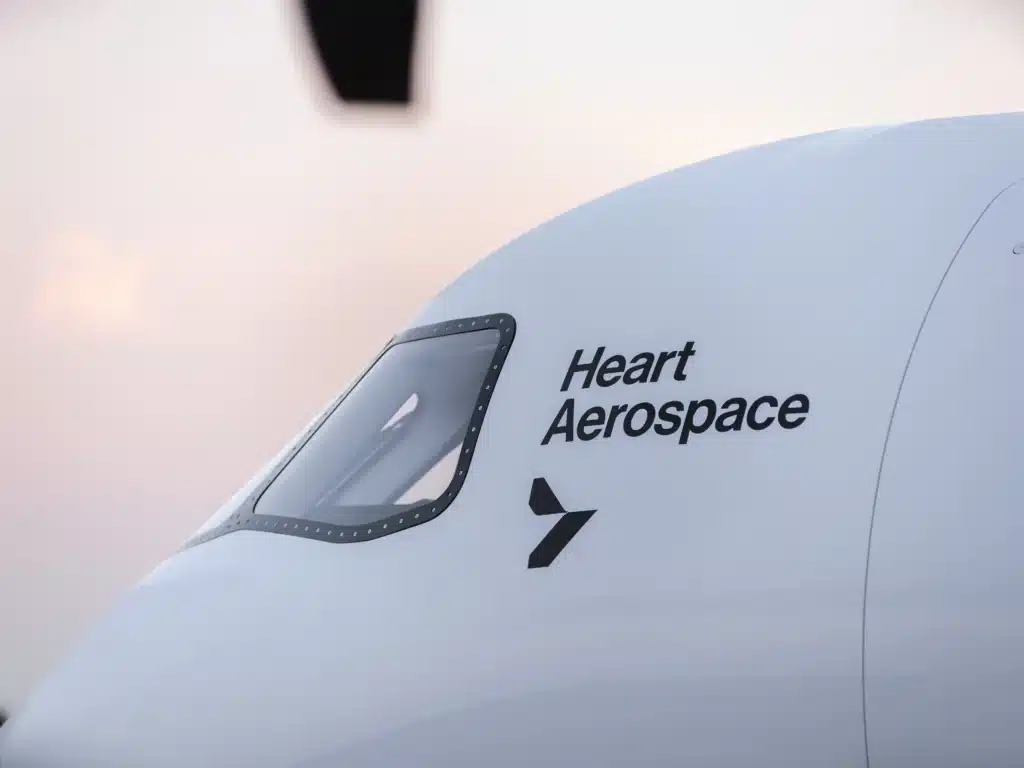
All of this might seem like a stretch, but it’s actually going to pass by quickly.
The ES-30 is expected to take its first flight sometime in 2028, so the X1 and its planned successor will also begin aerial testing soon enough.
You might be wondering what’s so special about these planes, and it’s all about the hybrid electric aircraft tech.
That same tech will enable the ES-30 to fly for 124 miles (200 kilometers) with zero emissions.
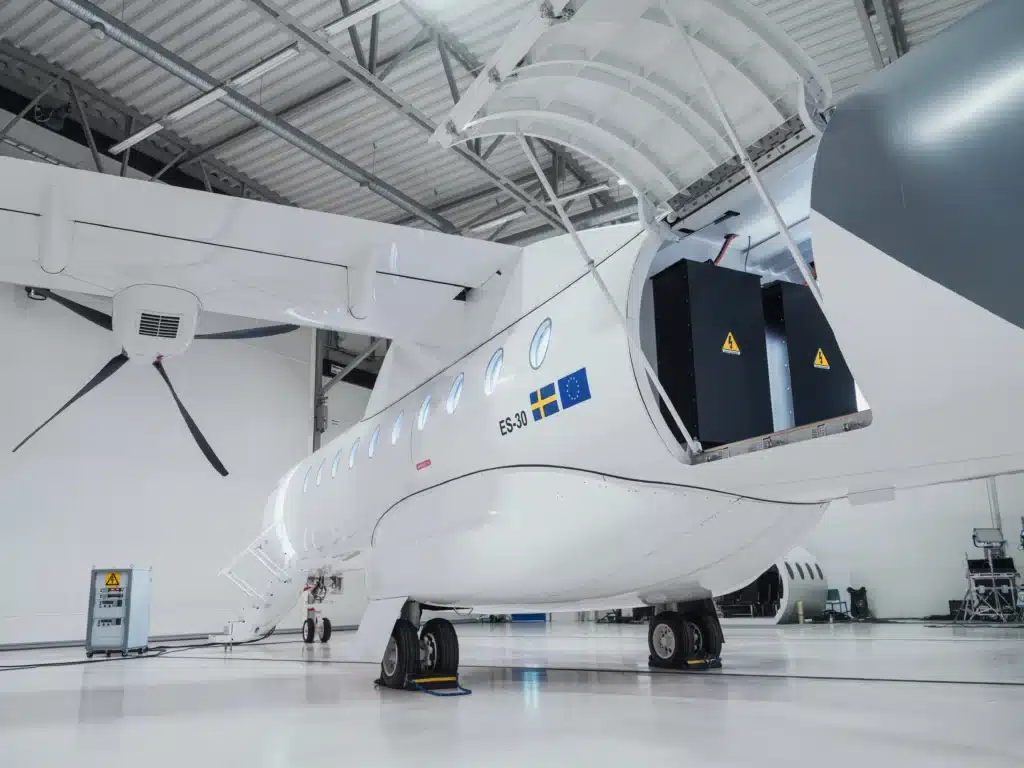
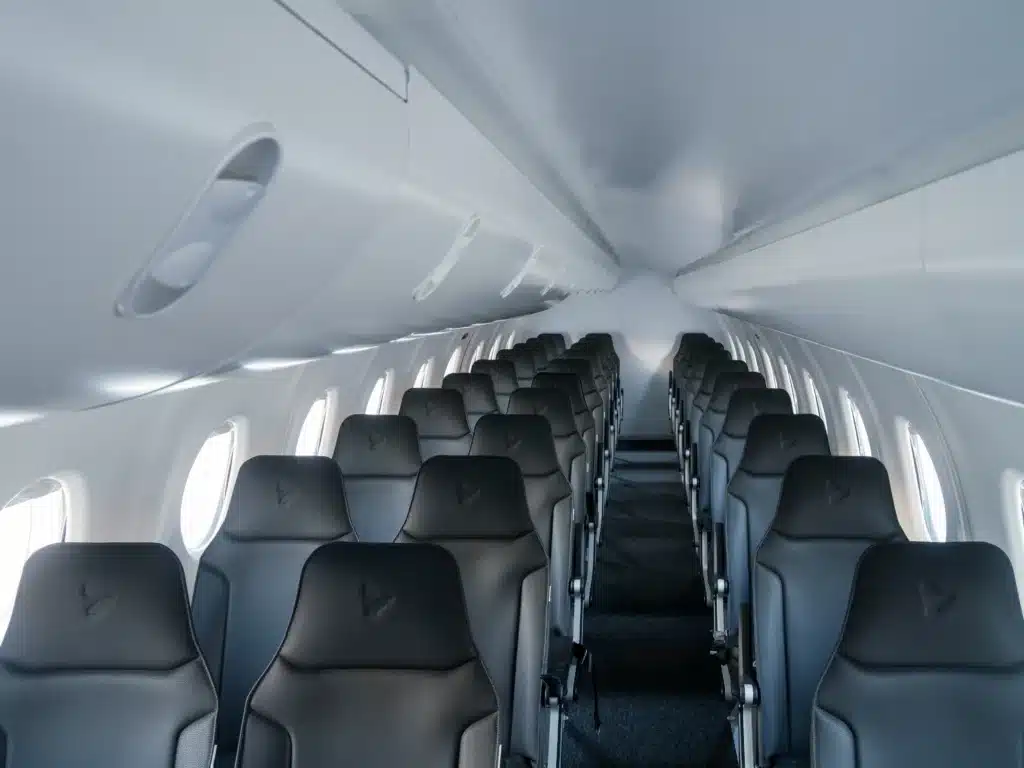
Additionally, the added hybrid turboprop engines will have it go farther by up to 249 miles (400 kilometers).
Those are excellent numbers, especially for short trips where the aircraft could travel by having minimal environmental impact.
All things considered, it will be a while before the flight testing begins, but the future of aviation seems bright.
Another company, Boom Supersonic, is working on a game-changing supersonic aircraft.

